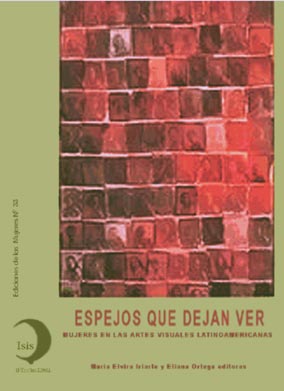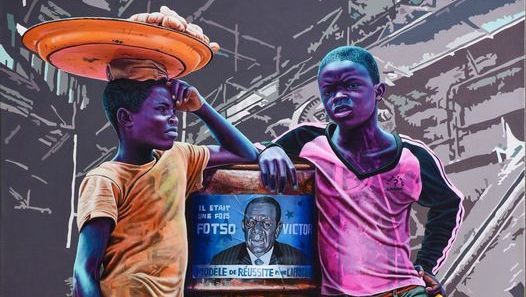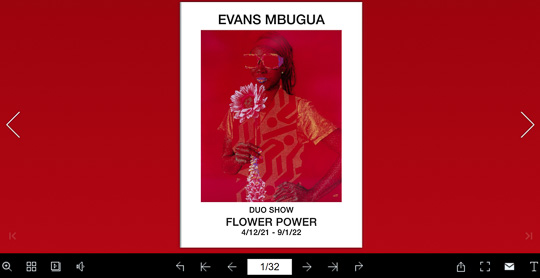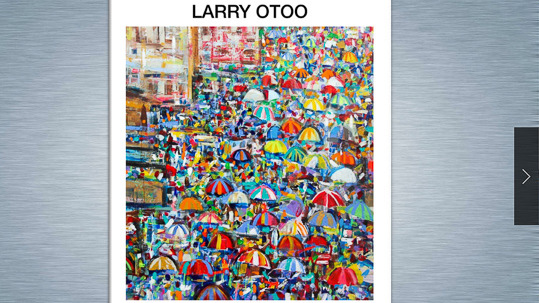By Helga Montalván
Despite their remarkable stamp in the circuit of the contemporary arts and the many vocations that drive events and organizations all across the Americas and the Caribbean, studies on female artistic creation in the region are few and far between.
 Within this desolate panorama, there’s one book published in Santiago de Chile: Reflecting Mirrors. Women in the Latin American Visual Arts, an embracing look at female fine arts creation that contains recent reviews and essays resulting from the analysis of Latin American scholars and U.S. universities that were thoroughly culled by editors Maria Elvira Iriarte and Eliana Ortega, and presented by the latter (Rethinking Looks).
Within this desolate panorama, there’s one book published in Santiago de Chile: Reflecting Mirrors. Women in the Latin American Visual Arts, an embracing look at female fine arts creation that contains recent reviews and essays resulting from the analysis of Latin American scholars and U.S. universities that were thoroughly culled by editors Maria Elvira Iriarte and Eliana Ortega, and presented by the latter (Rethinking Looks).
The first part, dealing with the indispensable presence of women artists in our mainland, kicks off with an essay entitled Four Latin American Female Artists in which Maria Elvira Iriarte highlights Mexico’s Frida Kahlo, Chilean Marta Colvin, Cuba’s Amelia Pelaez and Brazilian Tarsila do Amaral.
Another contributing author is Efrain Barradas, who lays bare the wealth of strategies and references on the work of Puerto Rico’s Myrna Baez. And so does Lenin Oña with Aracelis Gilbert: Approaches to an Artist, where he checks on the footprints of an artist who dared insert figurative art from her homeland Ecuador and joined in the entire avant-garde’s revolutionary creative process. In the same breath, Ana Leticia, a Brazilian engraver, designer and set designer, considers Angela Ancora da Luz as one of the artists that, according to Estela Maria Pacheco, “rely on their works to give full account of their dedication to express their own world, their thoughts, defining a stance that stands aloof from the masculine positions that dominated their time.”[1]
The second part –Light Beams–creates a particular and conflicting buffer zone in which a sort of memory of exclusion and political violence –based on the social condition imposed by genre in the cultural trappings–can be perceived. Good cases in point are the essays penned by Lorena Zamora Betancourt:The representation of female nudity in women’s art, and Eli Bartra’s An always invisible glimpse: women in popular arts. They both wrap up the chapter regardless of their profound differences.
Even though Lorena underscores the female body in photography, painting and performances as representations and tools in the hands of different artists from the continent Eli Bartra vindicates the traditional arts of women from the village of Ocumicho (Michoacan) who, despite being excluded from the arts and Mexico’s on-the-record history, come up with highly valuable artworks of their own.
In Women in Uruguayan Arts, Nelson Di Maggioestablishes the continuity of his country’s female artists beginning with Petrona Viera and Maria Freire all the way to the younger creators, while Hector Dominguez in Body, artifice and arsenal of Mexico’s female art shows the thread that weaves a group of renowned female surrealists together by citing the actions of Women in Black in Ciudad Juarez. By doing so, he stands up with critical activism against domestic violence against women and he does it through a mighty form of expression.
A more politically-centered stance that takes issue with dictatorships comes from the essays Memory Clipboard by Teresa Arijon –it appraises the work of three Argentine women, Monica Giron, Monica Millan and Fabiana Barreda–whose experiences run through the dictatorial conditions and the post-dictatorial period in her own homeland. The other essay, Chilean female artists for a memoir of works by Fernando Blanco, ad Ana Maria Portugal’s Colombia: from breakthrough to healing convey the elements of a recently convulsive and violent history marked by the military coup d’état in Chile and the succession of dictatorships, a memory represented by means of installations and testimonial experiences from artists Loti Rosenfeld, Voluspa Jarpa, Alicia Villarreal, Daniela Montecino, Josefina Guilivasti and Nury Gonzalez (Chile) and Debora Arango, Josefina Albarracin, Olga de Amaral, Julia Cardoso and Doris Salcedo (Colombia).
The third part of the volume provides a compilation called Portraits and self-portraits that refers to the life and work of 20-plus basic artists who must be mentioned when it comes to establishing the guidelines whereby the art of Latin American women has been boosted up. Among the boldface names mentioned therein we can find the likes of Ligia Clark (Brazil), Ana Mendietta (Cuban-American), Lola Mora (Argentina), Julia Codesido (Peru), Tomie Ohtake (Brazil), Valia Carvalho (Bolivia), Nini Bernardello (Argentina).
“Remembering” –the book’s fourth part–presents a chronology of Latin American art historians and critics that comprises all developments necessary for establishing the course of experience in female artistic creation from 1607 to 2002, according to Ana Maria Portugal.
There’s no doubt that this volume fights hard to set up –rather than dancing on the rim of fortuitousness–the basic themes that have been moving and shaking the art of Latin American women artists since the 20th century. Its contribution banks on the definition of the particular contextual and cultural conditions that have been up to now absent from the historiography and studies on female creators whose artworks are unfortunately known and legitimized outside their own geographical boundaries.
The continuity hinging on the organic layout of its parts could be construed as the gestation, strengthening and updating of female artistic proposal viewed as a process and in which all issues likened to genre topics and social activism involving women artists are consequently related to reasoning areas that harbor stances in the face of exclusion/inclusion, body/violence, context/politics. These, in turn, pave the way for a number of exercises linked to the impending need of coming up with a self-recognition system based on our own cultural positions and in our best interests.
There are other names that could also be mentioned. Supporting a Unitarian vocation, a mesh that branches out into creative horizons in nearly all Latin American nations, is however one of the undisputed achievements this book has to offer. On the other hand, it would be ridiculous to try to understand that network as an end rather than as a process, especially when those studies are getting fresh looks on a daily basis both in the Americas and the Caribbean. For those delving into these matters, Reflecting Mirrors is uneven and far-reaching, radical and compromising. It’s a proposal that cannot be passed up as an indispensable material when it comes to art created by women.
Espejos que dejan ver. Mujeres en las artes visuales latinoamericanas (Reflecting Mirrors: Women in the Latin American Visual Arts), Maria Elvira Iriarte and Eliana Ortega, eds. Ediciones de las Mujeres no. 33, Isis Internacional, Santiago de Chile.
[1] Estela Maria Pacheco in Reflecting Mirrors. Women in the Latin American Visual Arts, Yearbook, No. 6, School of Human Sciences, National University of La Pampa, Argentina, pages 321-324.
Related Publications

Catalogue "Smiling and Suffering"
June 03, 2022
Catalogue Flower Power
December 01, 2021











